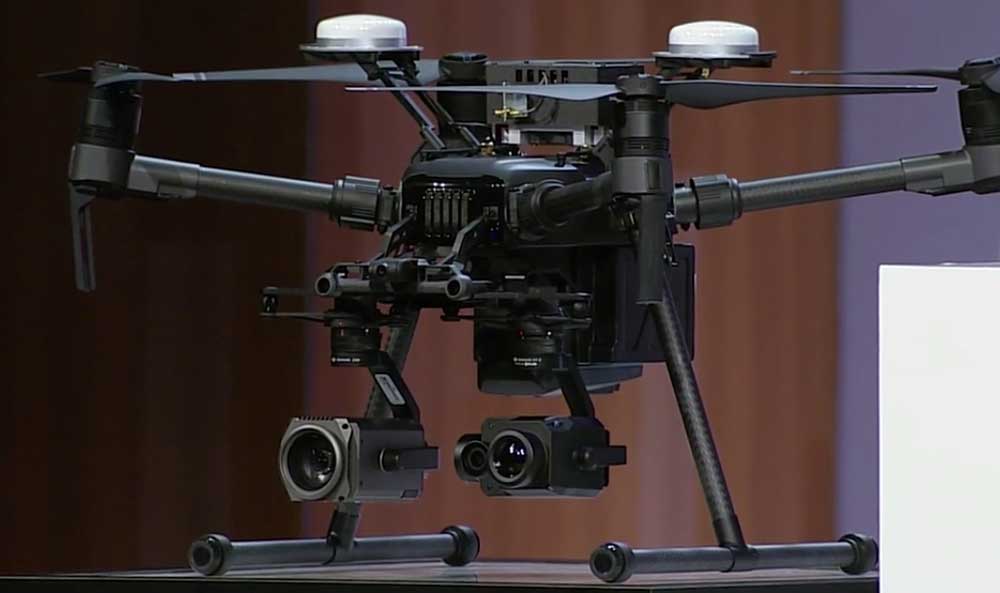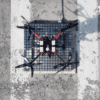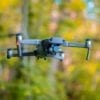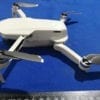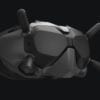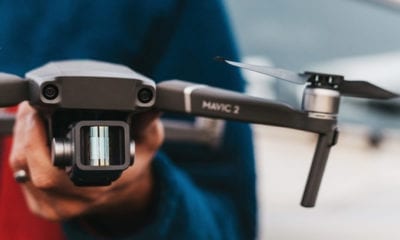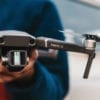Microsoft Takes The Cloud to The Edge of AI Drone Tech with DJI
Microsoft is entering the world of drones, having announced a partnership with drone maker DJI that will extend the IoT strategy of Microsoft all the way to what is known in the IT world as ‘the edge’ – the internet-enabled devices that gather and deliver data and solutions to people, businesses and industries.
The software company is best known in the business world and at home for its Office suite – which is increasingly hosted these days on the cloud – and their focus is by and large on the development of centrally-based cloud solutions, that along with an IoT strategy they hope will make them an indispensable part of everyday life.
So why are they partnering with the world’s market leader in civilian drones and aerial imaging technology, and why does this bring them to the ‘edge’ of IoT and AI software development?
What Microsoft and DJI are doing is working together in a strategic partnership that will allow DJI drones and accessories to take advantage of the possibilities of AI and machine learning.
An IoT Drone Ecosystem
The potential for industries that are increasingly relying on drones – agriculture, pipeline inspection, mining, for example – is an IoT ecosystem that can literally fly to the edge of what technology has to offer, using the learning capabilities of AI to transform aerial and video data into actionable insights.
They’re doing this by releasing an SDK (software development kit) written by DJI for Windows that will allow Windows developers to use apps written for Windows 10 to customise drones for industrial applications.
The power of AI and machine learning is provided by Microsoft’s Azure cloud computing platform. Microsoft CEO Satya Nadella announced at the recent Microsoft Build Monday that it is open sourcing its entire Azure IoT at the Edge suite – opening up the ability for developers to modify, debug and better control the deployment of software in edge applications.
What this means is that Microsoft, while keeping its core focus on cloud, is extending its reach to the edge in devices like drones, allowing them to innovatively capture the expanding industrial drone market. With a global audience of 700 million Windows users, this could be a significant piece of the pie.
The AI/Drone Pie
But where does Microsoft see that pie, and how do they intend to take a financial cut given that they are basically giving the Azure IoT at the Edge suite away?
The SDK is expected to be used to integrate and control third-party payloads like multispectral sensors, commonly used in industries requiring aerial inspection and imaging analysis. In addition to the SDK, the Microsoft/DJI collaboration will include “commercial drone solutions using Azure IoT Edge and AI technologies for customers in key vertical segments such as agriculture, construction and public safety,” Microsoft explained in a press release.
At the Build 2018 developer conference Sam George, director of Microsoft’s Azure IoT Engineering, demonstrated how a DJi drone could be used to fly along and assess a pipeline, identifying and analysing anomalies detected by the imaging sensors. As errors are detected in the analysed data, the AI model can be retrained “in minutes, to millions of devices, immediately making the intelligent edge even more intelligent,” he said.
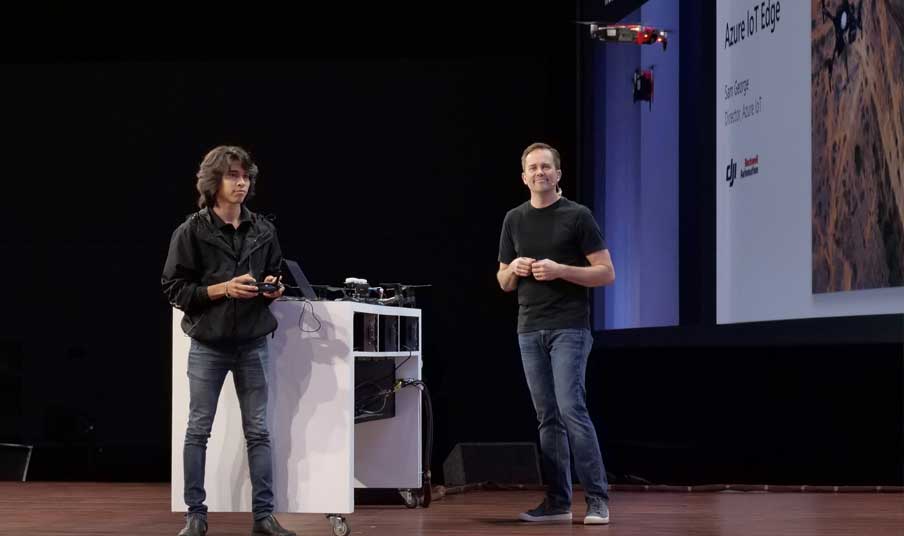
Sam George and a commercial drone pilot demonstrate a DJI Mavic Air using Azure IoT Edge | PRNewswire
Of course security implications must be considered, and this is where Microsoft will see the profits come in.
“Its security platform Azure Sphere runs on tiny microcontrollers that the company expects to be in billions of connected devices…from a revenue perspective, Microsoft gets a cut of every Azure Sphere certified chip sold and the costs of the OS updates and cloud aspects are part of the cost of buying the chip,” explains technology writer Stacey Higginbotham.
Scott Guthrie, executive vice president, Microsoft’s Cloud and Enterprise Group said, “As computing becomes ubiquitous, the intelligent edge is emerging as the next technology frontier.”
Together, we are bringing unparalleled intelligent cloud and Azure IoT capabilities to devices on the edge, creating the potential to change the game for multiple industries spanning agriculture, public safety, construction and more.
Through the collaboration with Microsoft, DJI is determined to ensure drones are here to stay in an IoT future.
“DJI is excited to form this unique partnership with Microsoft to bring the power of DJI aerial platforms to the Microsoft developer ecosystem,” said Roger Luo, president at DJI. “Using our new SDK, Windows developers will soon be able to employ drones, AI and machine learning technologies to create intelligent flying robots that will save businesses time and money, and help make drone technology a mainstay in the workplace.”
Precision Agriculture The First Cut
The first industry the technology giants intend to tackle is precision agriculture, in the form of Microsoft’s FarmBeats solution. Farmbeats makes use of the Azure IoT Edge to collect and analyse heat, light, moisture, and thermal data from aerial and ground sensors using AI models. This technology will enable farmers to improve the efficiency of their operations with valuable insights into crops, animals and soils.
Additionally, DJI’s PC Ground Station Pro software and mapping algorithms are being integrated with Microsoft FarmBeats, creating real-time heatmaps that will enable farmers to quickly identify crop stress and disease, pest infestation, or other issues that may reduce yield.
It will certainly be interesting to watch the uptake and development of this partnership, as drone IoT ecosystems continue to form in various parts of the globe and across a multitude of platforms and devices. Drones are increasingly taking their place amongst primary industries and infrastructure, and in emerging sectors such as personal air transport and drone delivery – and with IoT connectivity are becoming an integral part of the edge.

